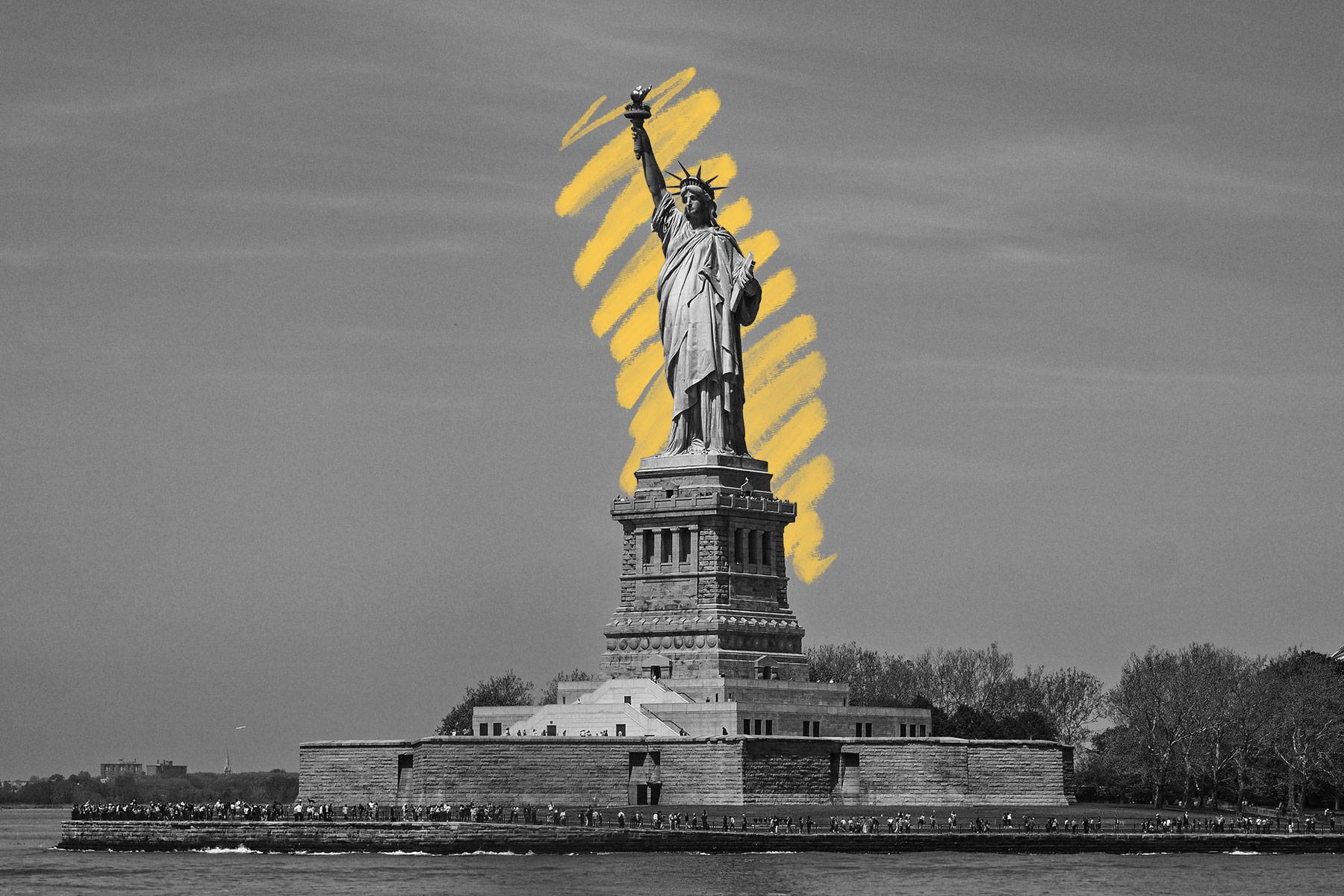The Statue of Liberty was almost able to talk 😯
Saturday, August 10, 2024
Thomas Edison revolutionized the audio world in 1878 when he obtained a patent for his latest invention, the phonograph. |
| |
| |
|
 |
|
| T homas Edison revolutionized the audio world in 1878 when he obtained a patent for his latest invention, the phonograph. The audio player was designed for at-home use, but Edison also had larger-than-life plans for the product, in a very literal sense: He aspired to install a massive phonograph inside the Statue of Liberty to make Lady Liberty capable of speech. Edison revealed his intent to design a "monster disc" to produce audible messages, to make it sound as if the statue were uttering the words herself. He informed reporters that the phonograph could not only be used to alert ships during heavy fog, but also, if amplified properly, create a loud enough sound to produce words that could be heard as far as northern Manhattan and across New York Harbor. Despite Edison's optimistic and ambitious ideas, the project never came to fruition, and the statue remained silent. |
|
|
| While Edison failed in making Lady Liberty talk, he succeeded on a much smaller scale by creating the first talking doll toy. In April 1890, Edison's factory produced a set of 22-inch-tall dolls with miniature phonographs embedded in the torso. Some 500 were sold. Unfortunately, the dolls were returned in droves, as their fragile voice boxes were easily destroyed upon being played with. What's more, the dolls sang songs such as "Twinkle, Twinkle Little Star," but the sound was eerie and distorted due to the rudimentary phonographic technology. The toy was a massive flop for Edison, though it inspired future generations of successful talking dolls. |
|
 |  |
|
|
 |
|
| |
|
| Average times per year the Statue of Liberty is struck by lightning | | | 600 |
| | | Individual pieces of Lady Liberty that were shipped across the Atlantic in 1885 | | | 350 |
| | | Individual pieces of Lady Liberty that were shipped across the Atlantic in 1885 | | | 350 |
|
|
|
| Total number of patents Thomas Edison received during his lifetime | | | 1,093 |
| | | Statue of Liberty's shoe size as necessitated by her 25-foot-long feet | | | 879 |
| | | Statue of Liberty's shoe size as necessitated by her 25-foot-long feet | | | 879 |
|
|
|
 |
|
 | | Did you know? |
|
|
The Statue of Liberty was originally brown. |
|
| When French sculptor Frédéric Auguste Bartholdi completed work on the Statue of Liberty in 1885, its copper exterior glimmered a lustrous brown color. However, after Lady Liberty's arrival in New York Harbor, the statue was left exposed to the elements, and over the decades it evolved to its current seafoam green hue. This drastic physical transformation was due to copper corrosion, which happens to any copper material that's exposed to weather over time. The copper reacted with oxygen, sulfuric acid, chloride, and other components of the surrounding air and water to undergo a gradual visual erosion that left it with the greenish color we recognize today. In 1906, newspapers ran stories about proposed projects to repaint the statue, though the idea led to public outcry among those who preferred the green hue. Fortunately for them, chemists believe the current color has stabilized, and the green patina even protects the statue's metal against the surrounding elements. |
|


posted by June Lesley at 4:02 AM











![]()
![]()





0 Comments:
Post a Comment
<< Home